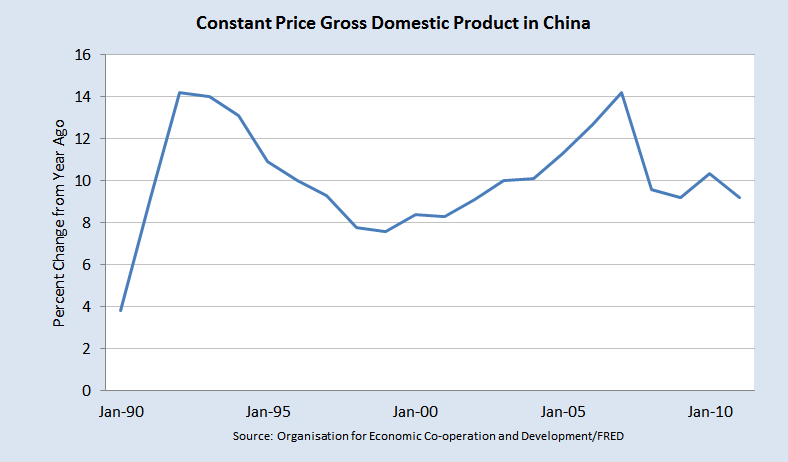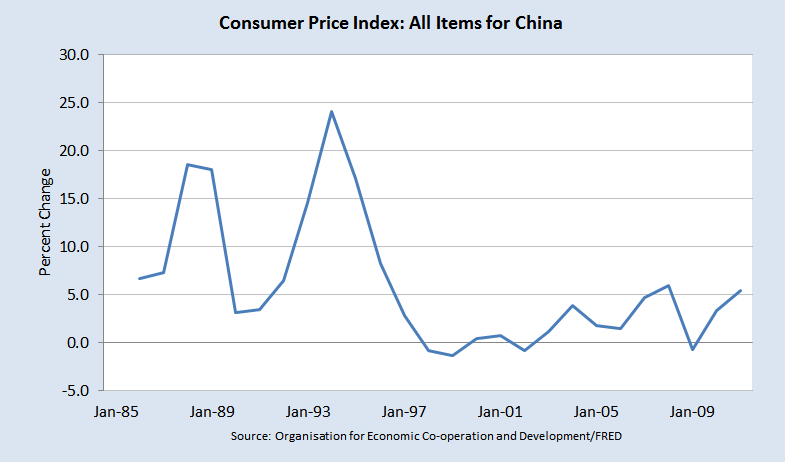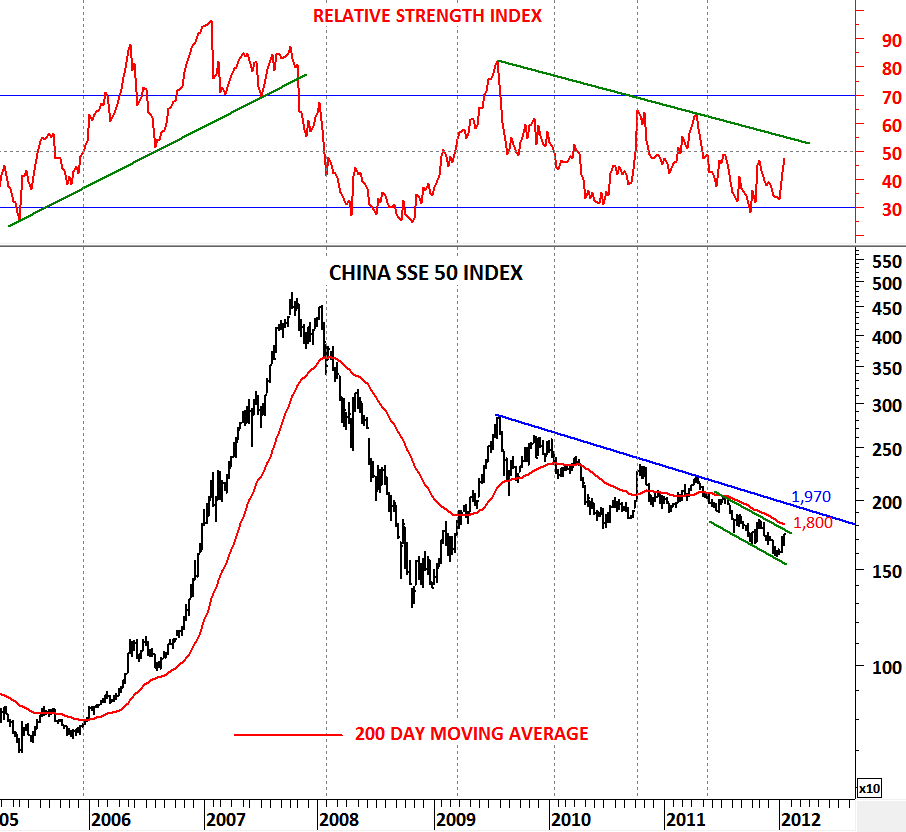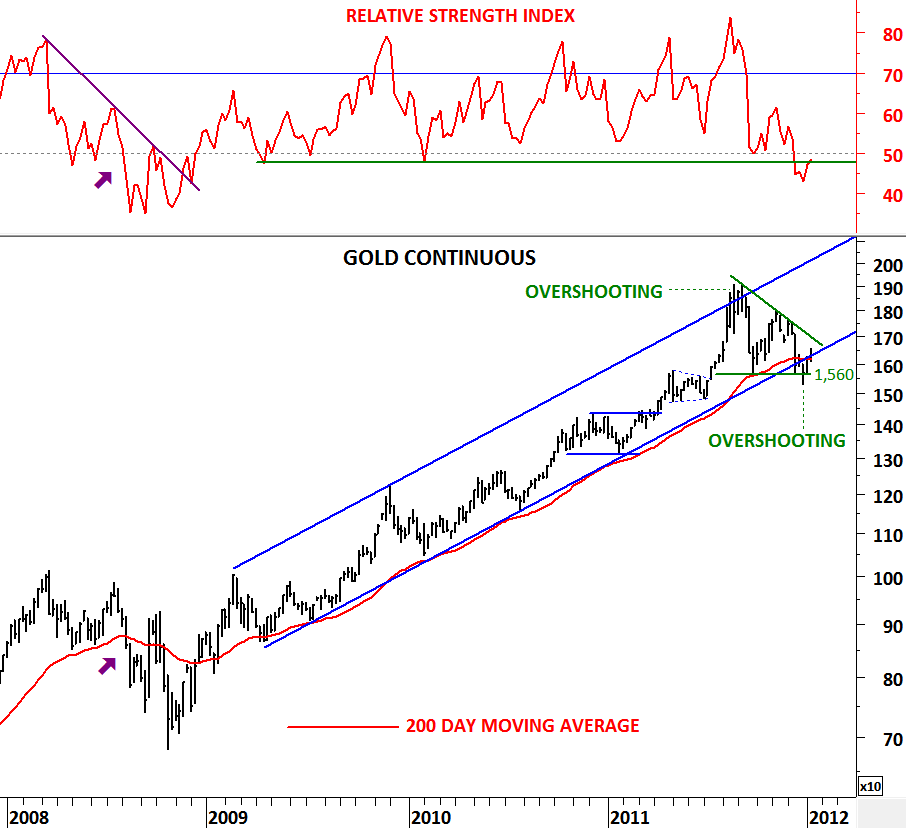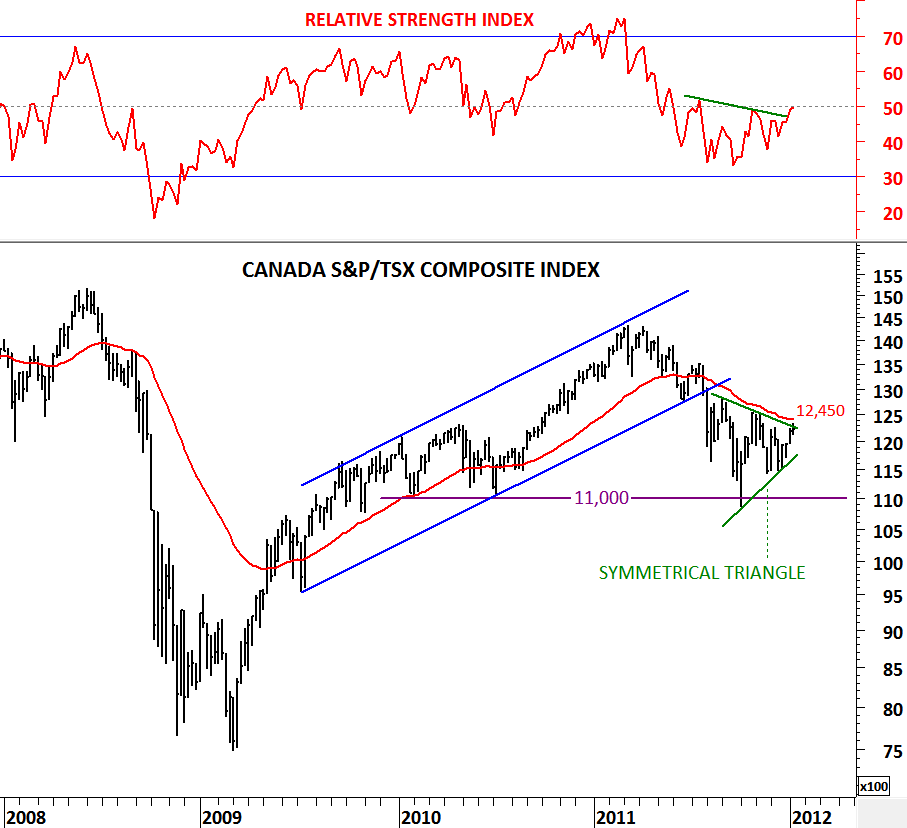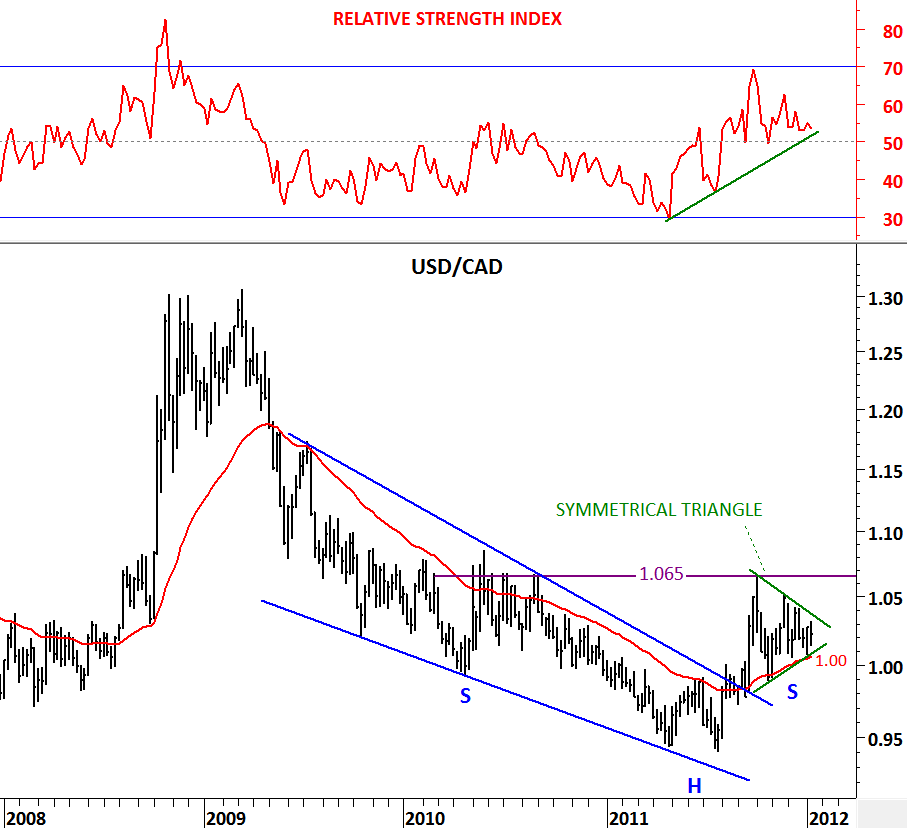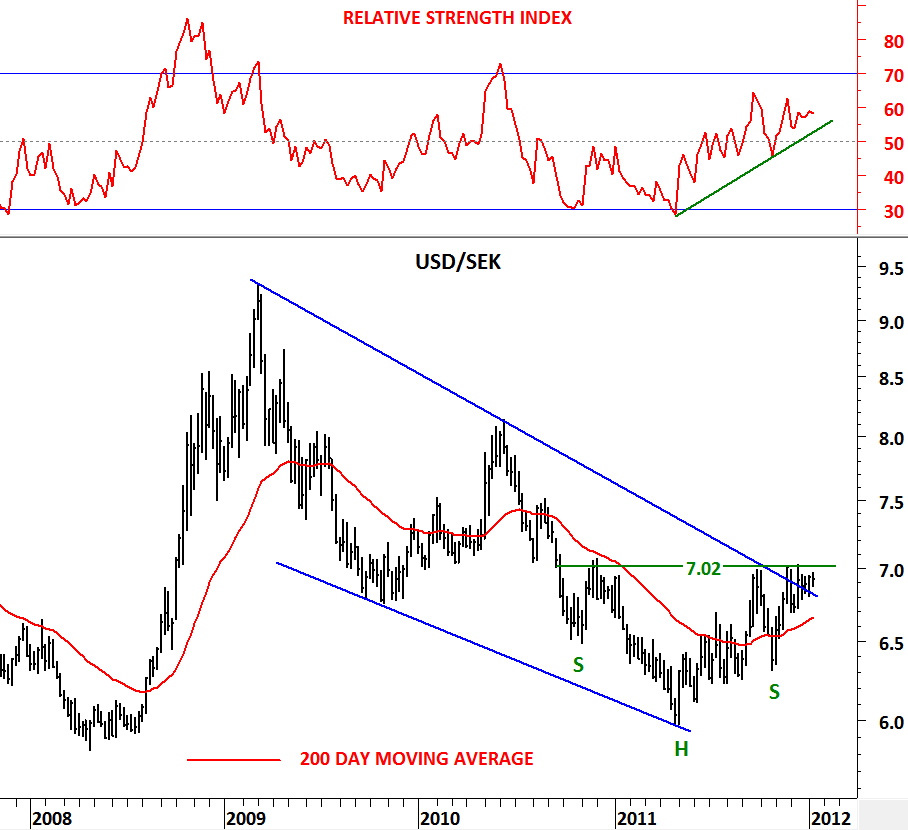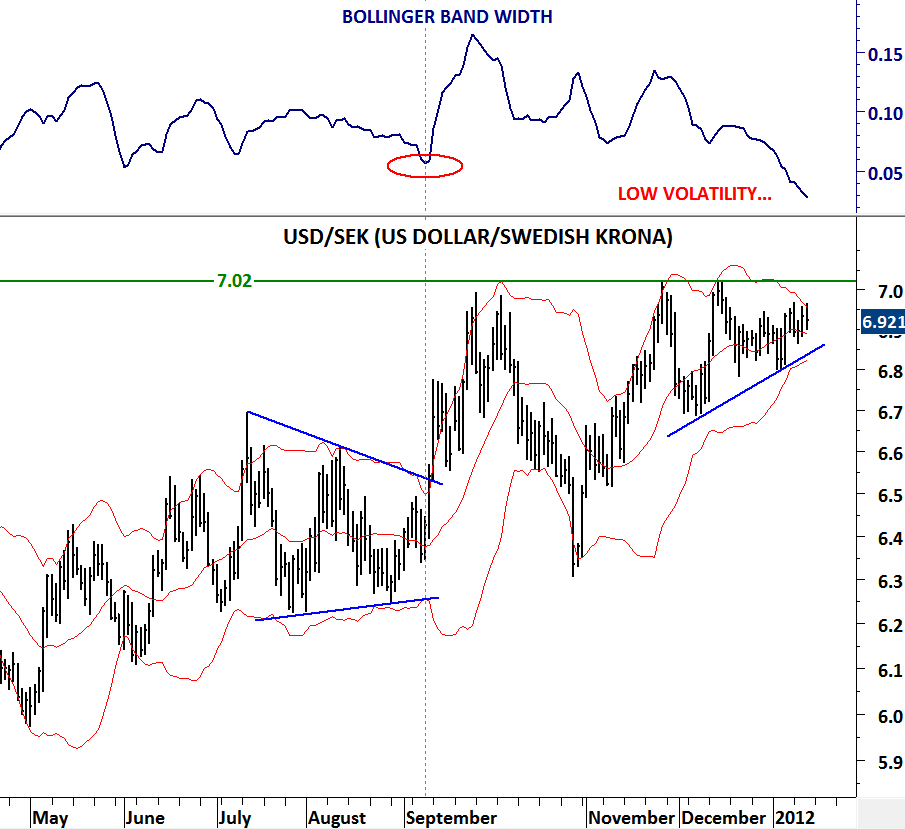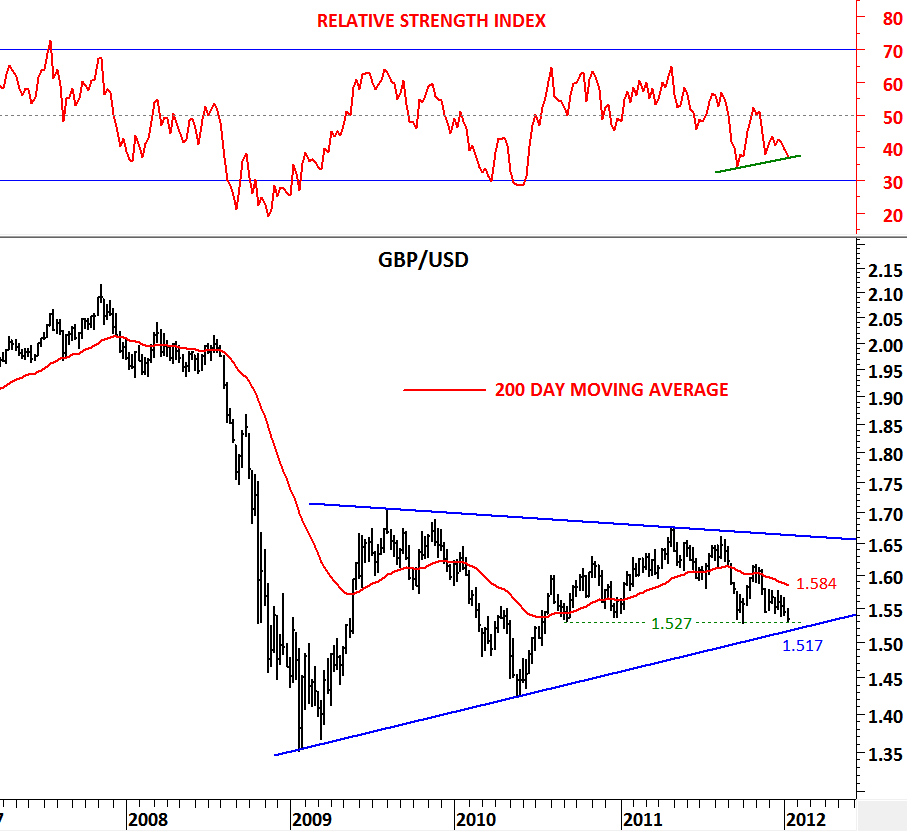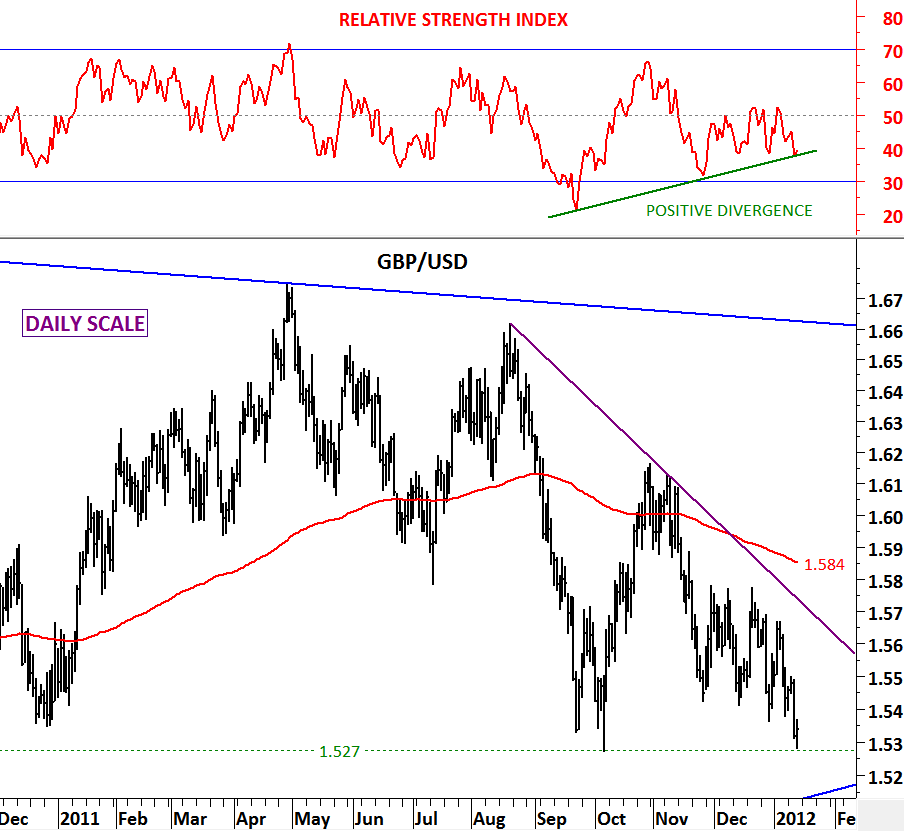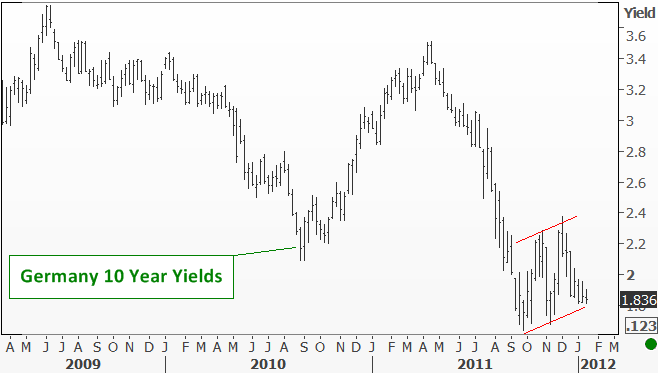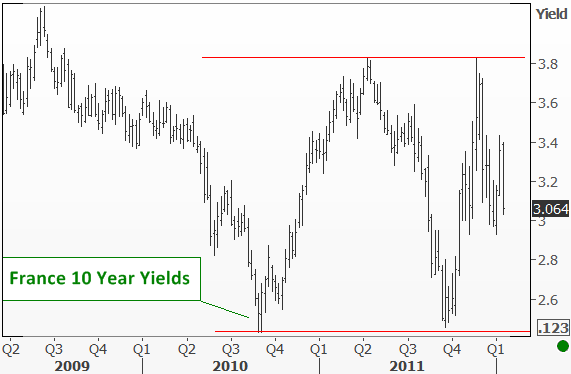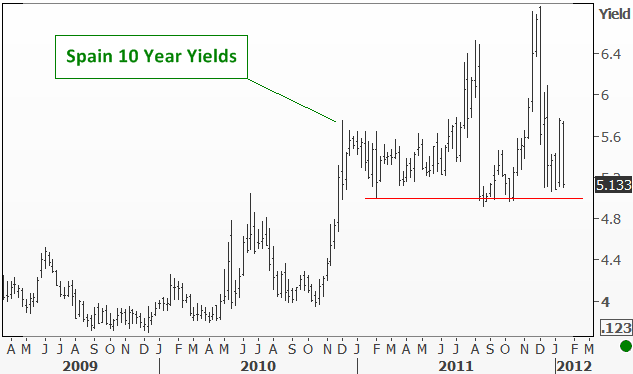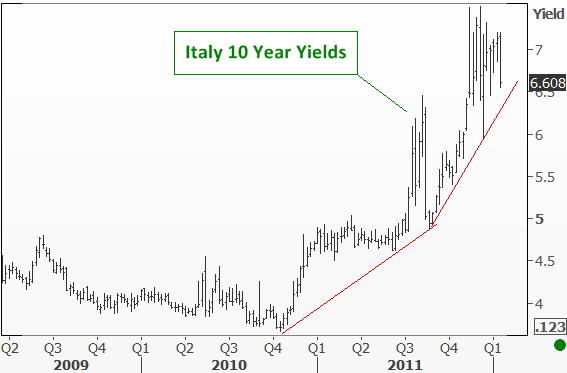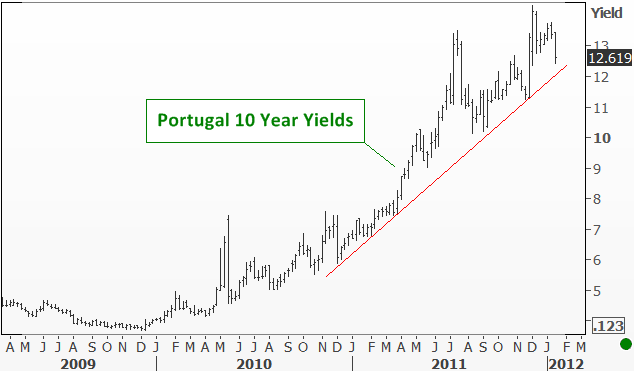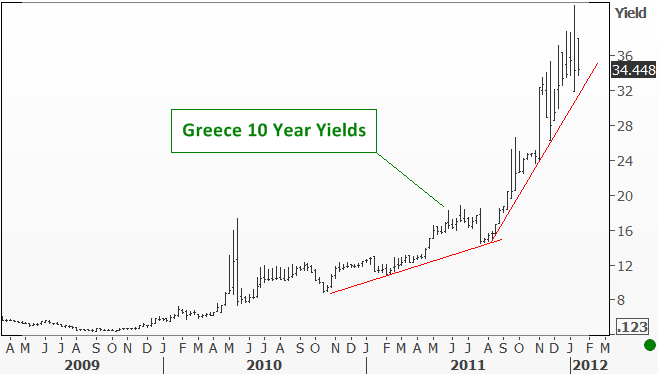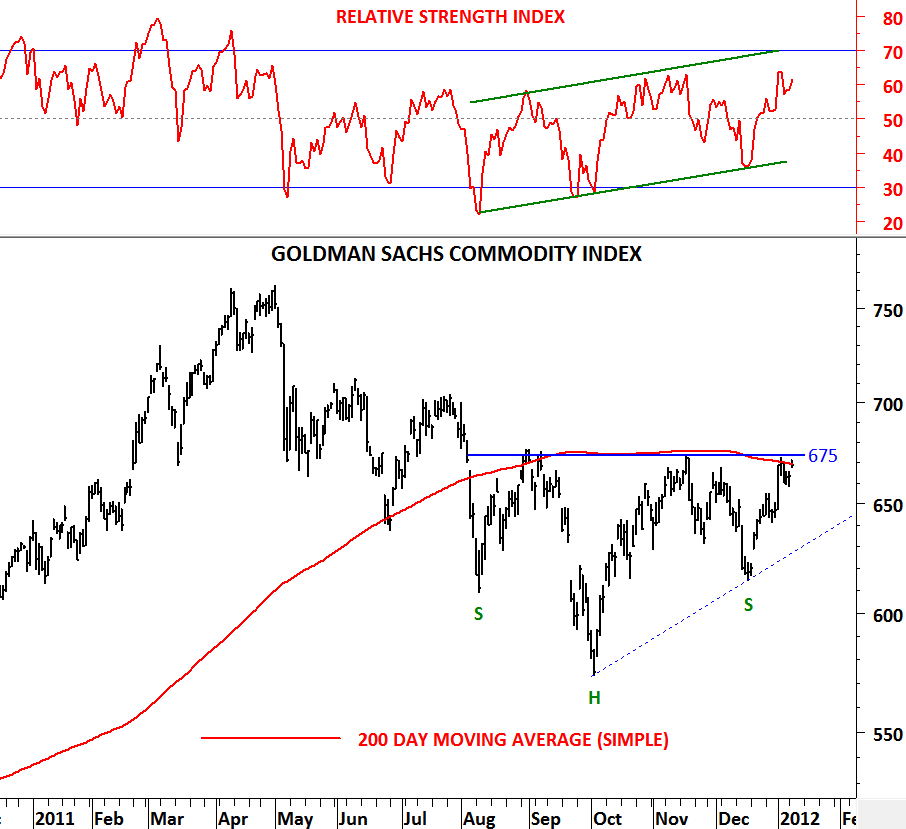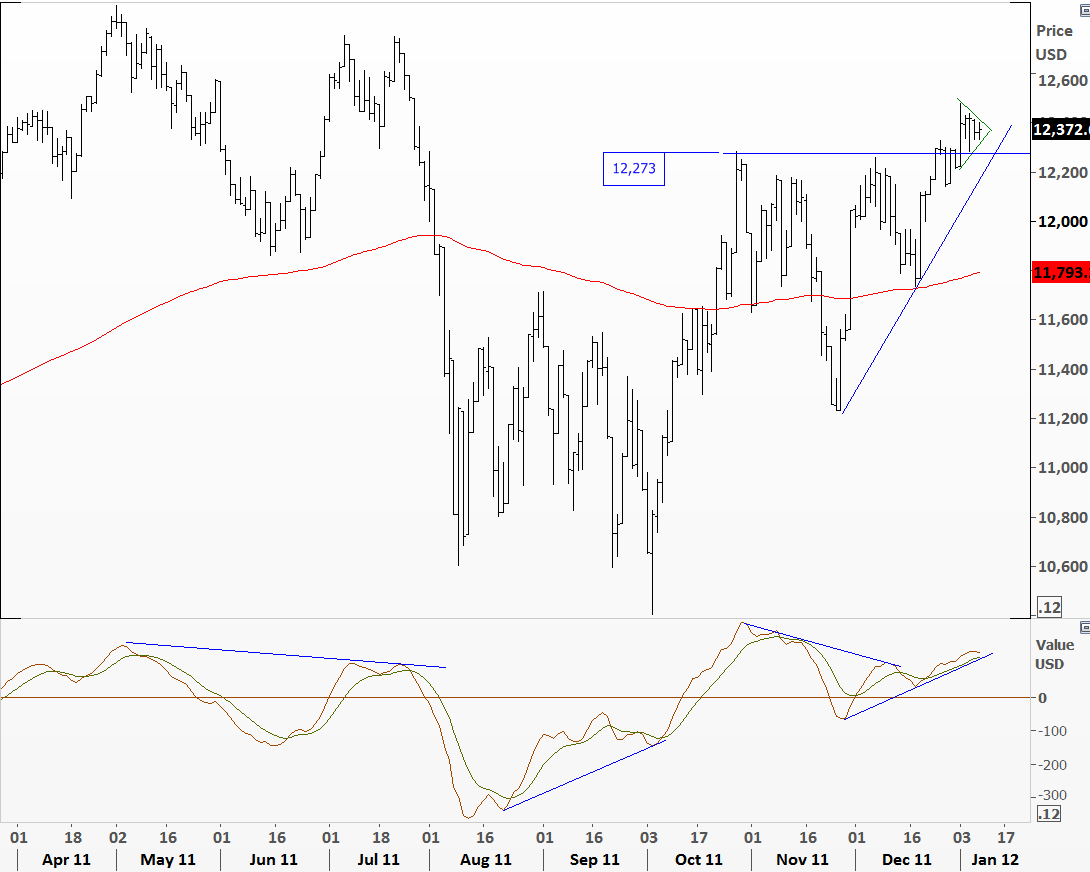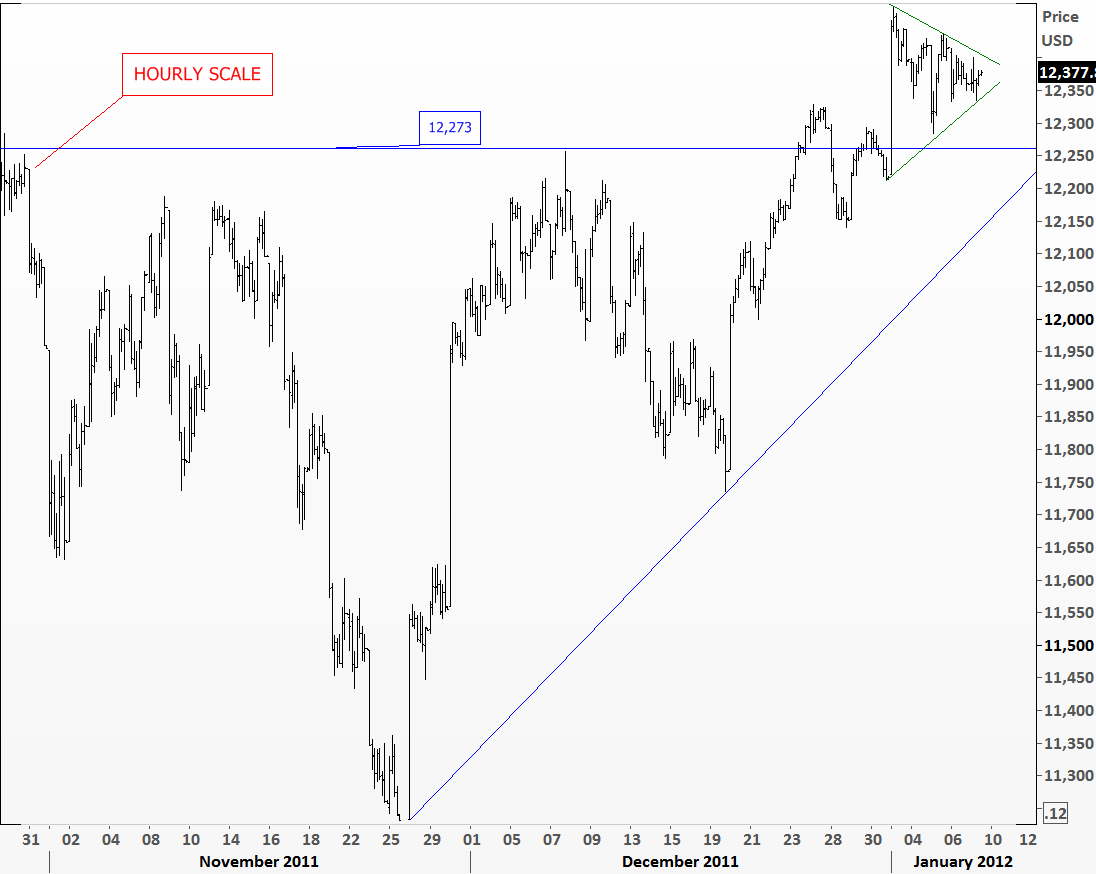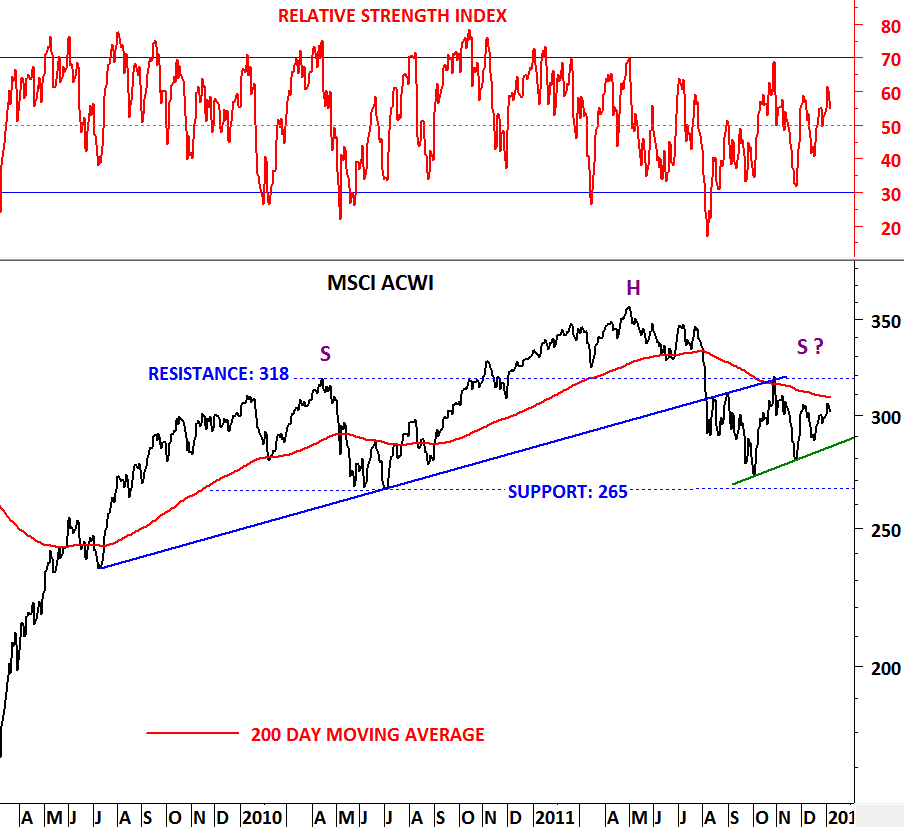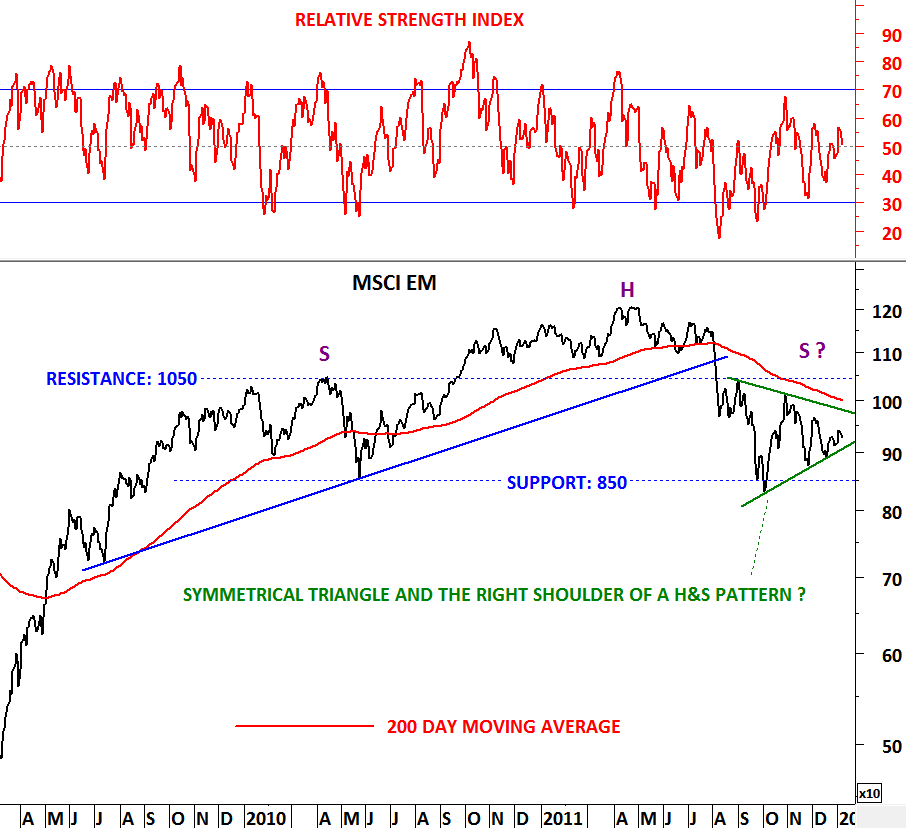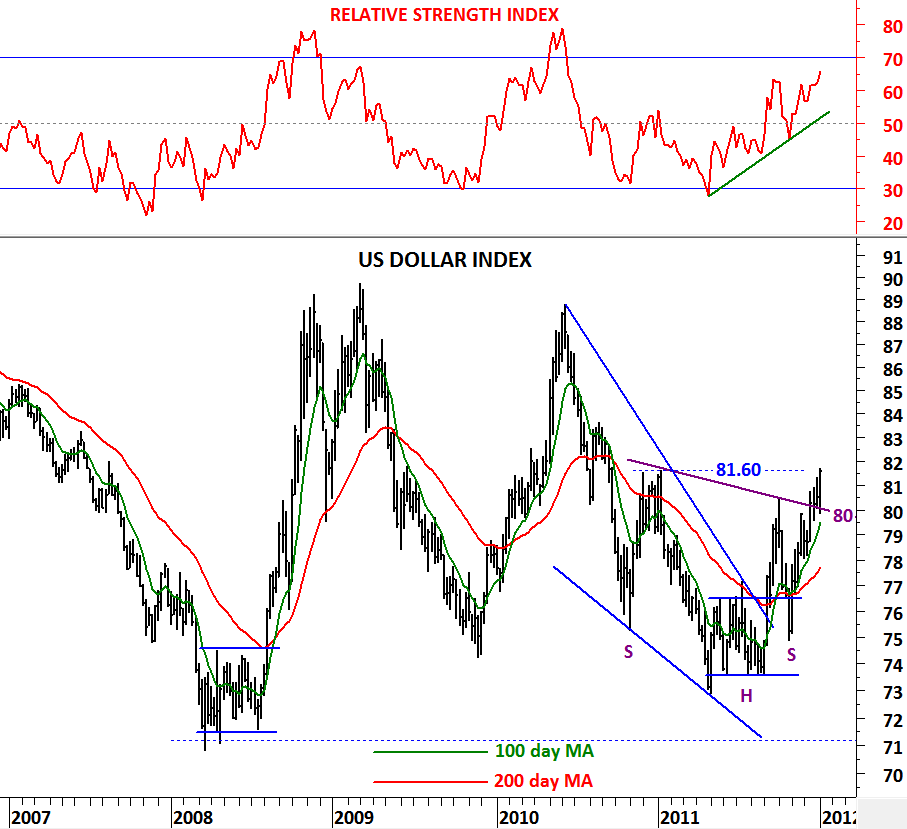CHINA SSE 50 INDEX & CHINA GDP GROWTH
Gross domestic product in China, the world’s second-largest economy, rose 8.9 percent in the fourth quarter from a year earlier, the statistics bureau said in Beijing. With the latest data 2011 GDP growth slowed to 9.2%. The quarterly growth was the slowest in 10 quarters. China set its full-year growth target at 8 percent in early 2011 after its economy grew 10.4 percent in 2010. According to preliminary statistics, the country’s GDP reached 47.16 trillion yuan ($7.26 trillion) in 2011.
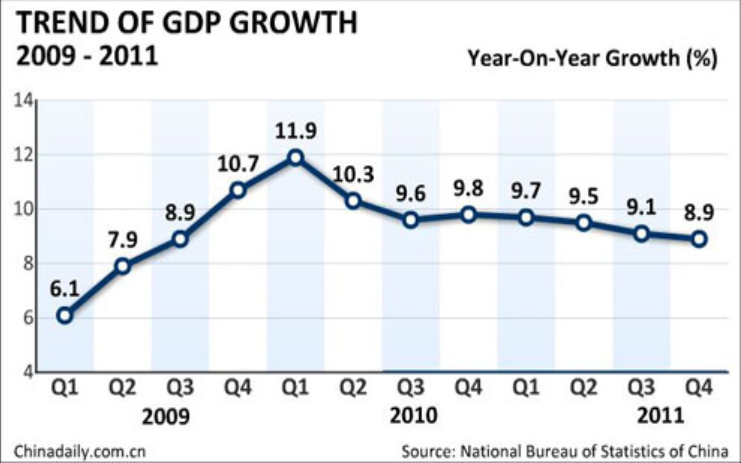 A December inflation decrease has fueled widespread guesses about possible policy loosening to spur the slowing economy, although analysts believe that significant easing is unlikely, since inflationary pressures still remain.The full-year inflation figure for 2011 was still up 5.4 percent from the previous year and well above the government’s full-year control target of 4 percent.
A December inflation decrease has fueled widespread guesses about possible policy loosening to spur the slowing economy, although analysts believe that significant easing is unlikely, since inflationary pressures still remain.The full-year inflation figure for 2011 was still up 5.4 percent from the previous year and well above the government’s full-year control target of 4 percent.
After all the economic news flow (positive or negative we don’t know the impact yet!) China’s SSE 50 Index had a strong day and closed up by 4.5%. Since the second half of 2009, China’s equity index has been trending down and in the past 6 months it has been below its long-term moving average. If we look at the RSI(14) and 200 day moving average patterns we can conclude that bull market is still far from the Chinese equities unless the index breaches above 1,800-1,970 resistance area. RSI should move above 50 levels to signal positive trend for SSE 50 Index. We need to see the index above its 200 day moving average and the RSI above 50 levels to call for positive price action in the medium/long-term.

